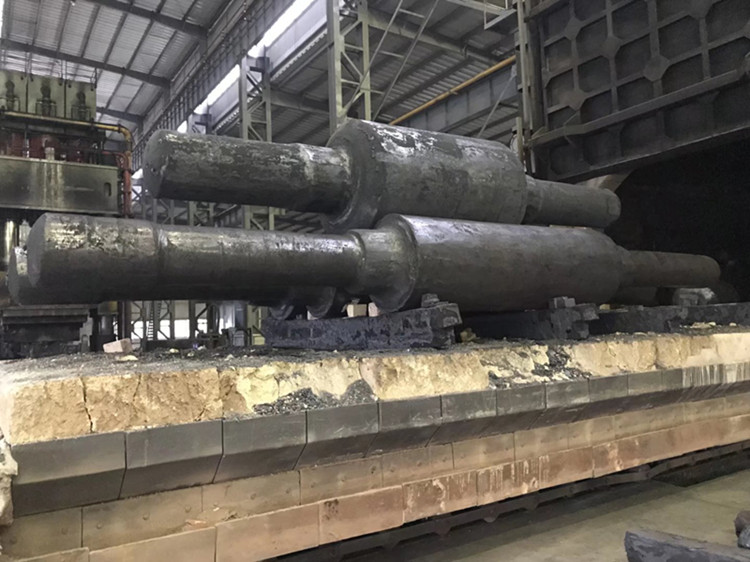- tyler@kirail.com
- +86 15603721115
Quality control of large forgings is very important. Let us introduce the methods for improving the quality control of large forgings in China.
1. Establish a computer control system
Since the manufacturing process of large forgings requires precise instruments and data, manual calculation and organization of data may have errors, and some non-data-driven information is difficult to process, it is necessary to establish a computer control system to organize data and establish connections between various data in order to better query, analyze and evaluate the quality of forgings. With the rapid development of computer technology, more and more fields require computers, and the role of computers in various fields is becoming increasingly prominent. Its fast and convenient characteristics have gained a foothold in all walks of life. Of course, the quality control of large forgings is equally important. Computers can also be used for the quality control of large forgings. A computer control system can be established to enter the relevant data of forgings into the computer, help people establish connections between data, and promote digitalization. At the same time, various enterprises can share resource data on a common platform to achieve resource sharing. Enterprises can also use computers to measure and monitor forgings in real time, judge and control the quality of forgings, and promptly propose methods to improve the quality of forgings. Therefore, establishing a computer control system for data sharing is of great significance to improving the forging process and controlling the forging quality.

2. Changes in forging technology
my country's large forging manufacturing technology is relatively backward, and there is still a large gap compared with many developed countries. Therefore, improving forging process technology is crucial to effectively control and improve the quality of large forgings. Improving forging technology can be done from both internal and external aspects. Although my country's technical level is not yet advanced, the theoretical research in this field is already relatively profound, but it has not yet been fully applied. Only by quickly applying theory to production, constantly strengthening learning, and improving the technical level of personnel can the quality of forgings be improved. Secondly, ensuring the quality of raw materials is also crucial. The raw materials required for forgings must be screened layer by layer to select suitable raw materials. On the other hand, if one's own capabilities are insufficient, one can learn from foreign advanced technology and management experience, introduce advanced production equipment and production processes from developed countries, send Chinese scientists to study and exchange abroad, learn more technical knowledge, and improve my country's forging technology.
3. Strengthen forging quality inspection
Forging defects can seriously affect the quality and use conditions of forgings, and even threaten the safety of life and property. Therefore, forging quality inspection is crucial in quality control. Forging quality inspection includes internal inspection and external inspection. External inspection mainly checks whether the shape and size of the forging meet the requirements and whether there are defects on the surface. Internal inspection mainly refers to the inspection of various indicators such as the chemical composition and mechanical properties of the forging. Commonly used inspection methods and specific methods include penetration testing and ultrasonic testing. External inspection generally uses penetration testing to detect surface defects of forgings, such as cracks and unevenness, but cannot find hidden problems inside. Internal problems are generally detected by ultrasonic testing. Ultrasonic testing is a non-destructive testing technology that is used to obtain physical and chemical information related to quality such as the content, performance or composition of the tested material without destroying the original state and chemical properties of the tested material, and can effectively identify changes in chemical properties that are difficult to observe with the naked eye. Internal and external inspection of large forgings can effectively control the quality of forgings, discover the root cause of the problem in a timely manner, and find solutions more quickly.